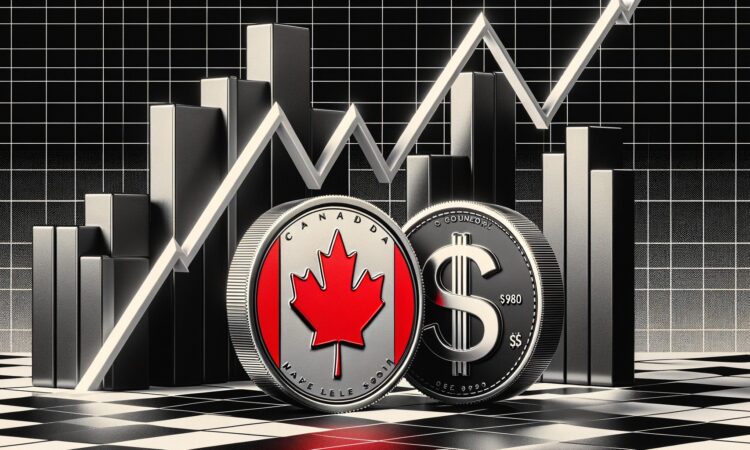
What’s going on here?
The Canadian dollar hit its highest level since April, trading at 1.3576 CAD to 1 USD, or 73.58 US cents, thanks to rising investor confidence and anticipated Federal Reserve rate cuts.
What does this mean?
The loonie’s 0.2% rise reflects growing confidence as investors expect the Federal Reserve will soon cut interest rates. This sentiment is driven by reports showing US employers added fewer jobs than initially reported through March, raising concerns about the US labor market’s health. Consequently, the US dollar index has declined against a basket of major currencies. In Canada, the Bank of Canada has shifted focus from solely curbing inflation to also stimulating the economy, further supporting the CAD. However, Canada’s economic stability could be threatened by a potential halt in operations by the country’s two major railroad operators.
Why should I care?
For markets: Navigating the waters of uncertainty.
The shift in currency values indicates changing market sentiments influenced by economic data and policy expectations. With the Canadian dollar hitting a four-month high, investors might eye sectors that benefit from a stronger CAD. However, Canada’s commodity-linked economy could face challenges from a 2% drop in US oil prices, now at $71.72 per barrel. Additionally, the decrease in Canadian government bond yields hints at a cautious outlook among bond investors, as the yield gap between Canada’s and the US’s 2-year rates narrows.
The bigger picture: Global economic shifts on the horizon.
The currency movement signifies broader economic dynamics, with potential Federal Reserve rate cuts playing a pivotal role. As markets anticipate these cuts, central banks’ economic strategies and their impact on currency valuations become crucial. The Bank of Canada’s dual focus on inflation control and economic stimulus showcases adaptive monetary policy. Meanwhile, Canada’s rail labor negotiations and oil price fluctuations highlight vulnerabilities in the global economic landscape that could affect market stability.


